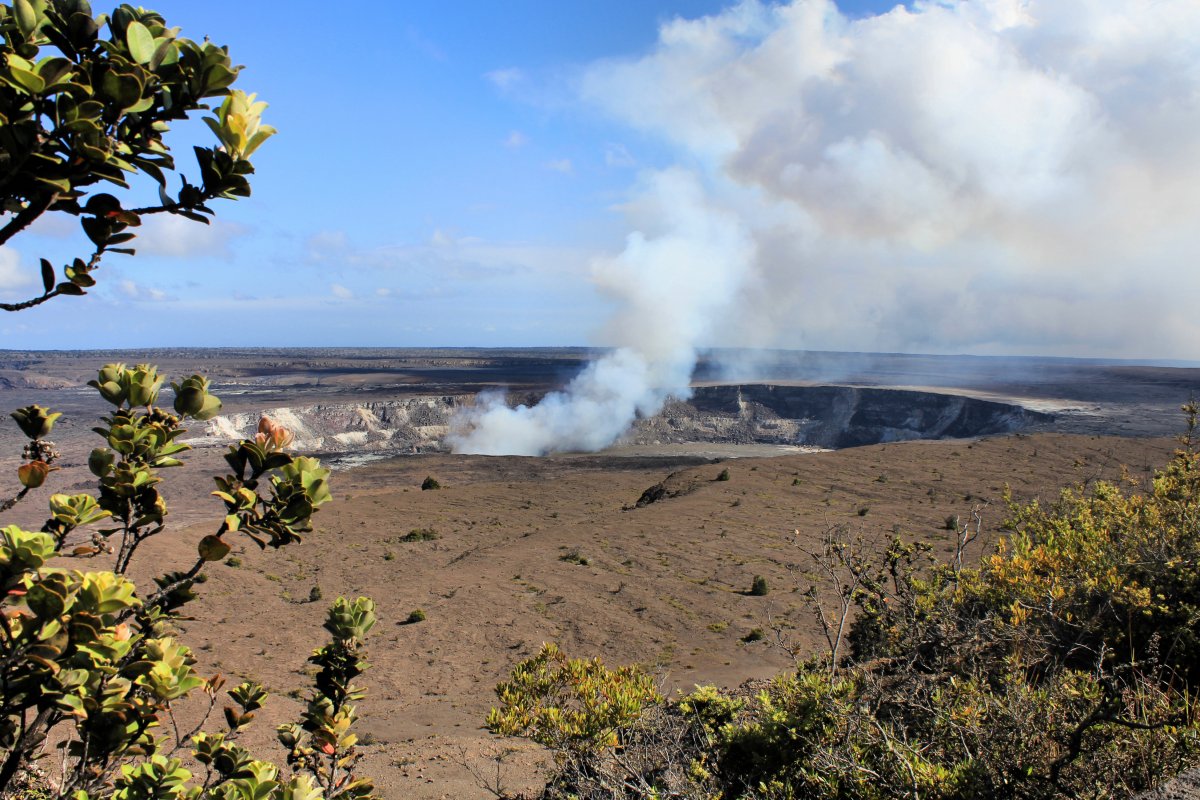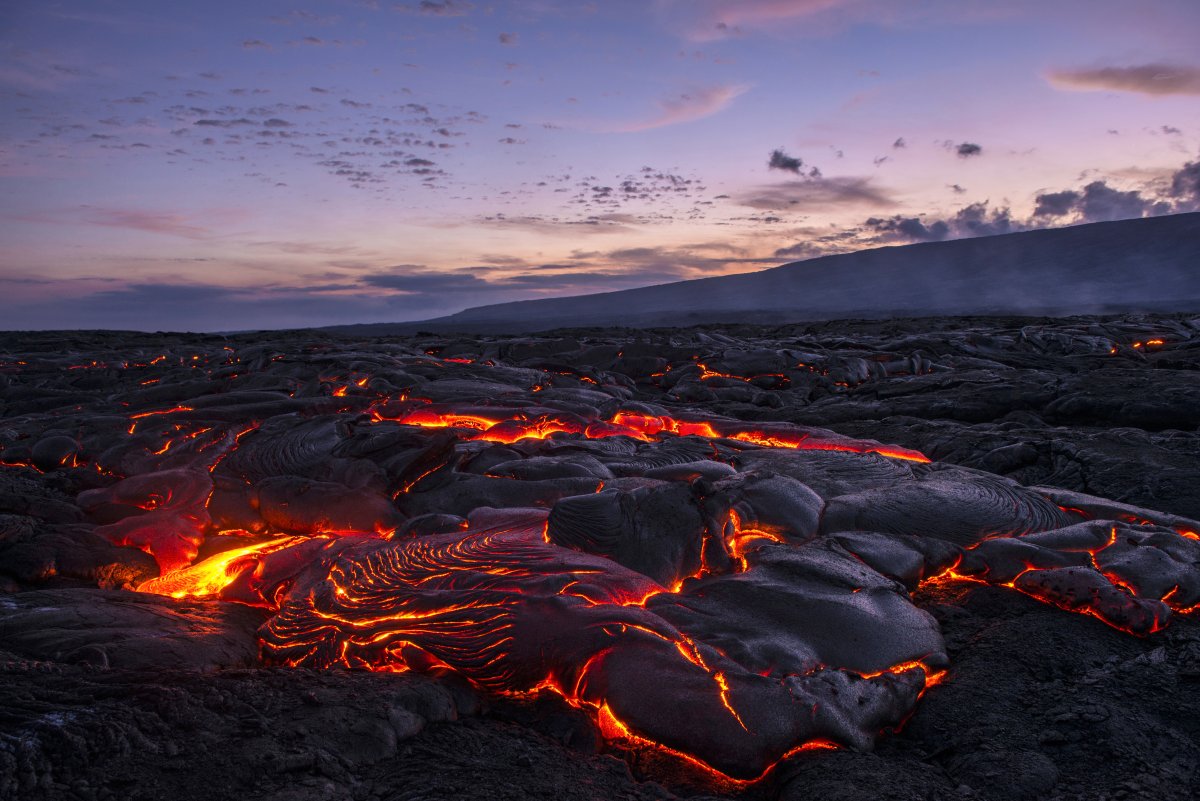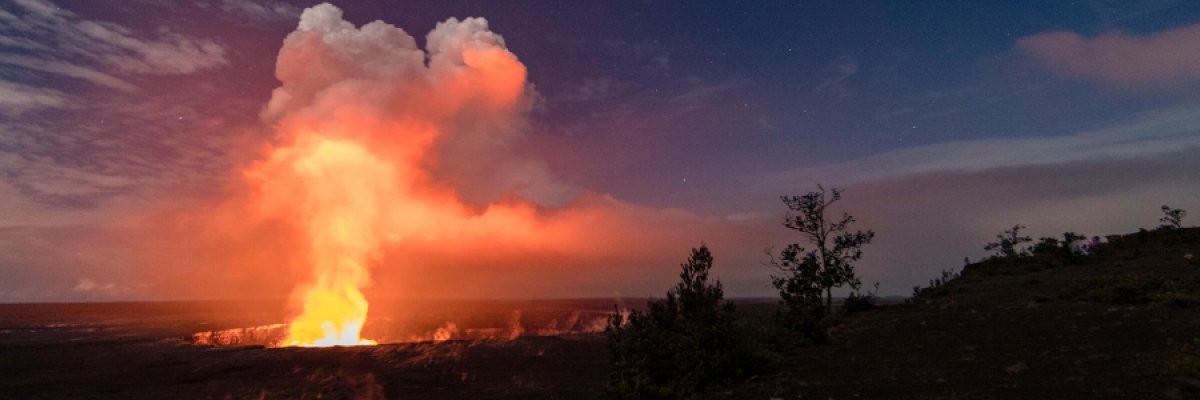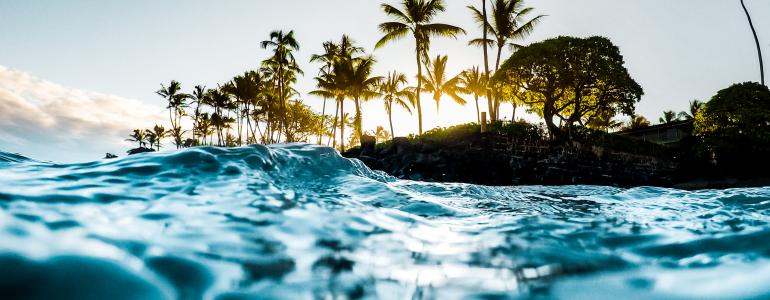Beautiful, Fascinating, and Sacred - Kilauea & Hawaii Volcanoes National Park
Kilauea Volcano is a natural wonder that continues to captivate scientists and tourists alike. Located on the breathtaking Big Island of Hawaii, Kilauea is one of the most active volcanoes on Earth, showcasing the raw power and beauty of our planet's geothermal forces. Its incredible history, mesmerizing landscapes, and ongoing volcanic activity make Kilauea a must-visit destination for adventure seekers and nature enthusiasts.
Kilauea is located in Hawaii Volcanoes National Park, a UNESCO World Heritage Site.
Geological Formation
Kilauea volcano began its formation approximately 280,000 years ago, emerging from the ocean's depths. It is a shield volcano with gently sloping sides and broad, shallow dimensions. Although it covers an area slightly smaller than the island of Oahu, its influence and impact are far-reaching.
Over the past 1,000 years, Kilauea has covered almost 90% of its surface with lava flows, leaving behind a dramatic and ever-changing landscape. These lava flows, often referred to as "much spreading," have shaped the terrain and created new landmasses, contributing to the expansion of the island of Hawaii itself.
Understand Its Sacred Nature
Kilauea is a highly revered and sacred place for the Native Hawaiian people. It is a volcanic summit located on the southeastern flank of the Island of Hawaii, also known as the Big Island. The cultural and spiritual significance of Kilauea stems from its deep connection to Pele, the Hawaiian goddess of volcanoes, fire, lightning, wind, and dance.
In Hawaiian mythology, Pele is believed to reside in the crater of Kilauea and is considered the creator of the Hawaiian Islands. She is both a powerful and unpredictable deity, capable of shaping the land through volcanic eruptions and lava flows. For the Hawaiian people, the volcanic activity of Kilauea is seen as a physical manifestation of Pele's presence and power.
Kilauea is a place of worship, ritual, and reverence for the Native Hawaiian people. The Hawaiian community conducts many traditional practices, ceremonies, and offerings to honor Pele and seek her blessings.
Please remember that the landscape surrounding Kilauea is regarded as a living entity deserving of respect and protection.
Halemaumau Crater
Halemaumau crater is a persistently active pit situated within Kilauea's summit caldera. Its captivating lava lake has drawn much attention, and eruptive events within the crater often form lava lake-style pools, creating mesmerizing displays of molten rock.

Recent Volcanic Events
While Kilauea is known for its non-explosive activity, in 2018, a notable eruption resulted in the loss of numerous homes and structures in the area immediately surrounding Hawai'i Volcanoes National Park.
The 2018 eruption resulted in an expanse of Halemaumau, leading to the collapse and the crater. As a result, the crater transformed from approximately 280 feet deep and 0.5 miles wide to an astounding depth of 1600 feet and width of 1.5 miles.
Still, the impact was very localized, and the reports of widespread destruction were completely overblown.
It's important to keep perspective; the Big Island is massive, with the resort areas on the Kohala Coast being more than 100 miles away.

Experiencing Kilauea Safely & Respectfully
Kilauea attracts visitors with its mesmerizing and dynamic landscape. The otherworldly landscapes of the Pu'u Huluhulu and Devastation Trails offer an opportunity to witness the volcano's majestic beauty and power up close. While it is an exciting destination, it is necessary to prioritize the safety and respect for Hawaiian culture when visiting.
- Stay Informed: Before visiting Kilauea, stay updated on the latest information and advisories from reliable sources such as the USGS Hawaiian Volcano Observatory (HVO). Volcanic activity can change rapidly, so knowing potential hazards or closures is crucial.
- Be Respectful of Its Importance to the Hawaiian People - Leave No Trace: Preserve the beauty of Kilauea by practicing responsible tourism. Avoid littering, stay on designated paths, and respect the natural environment. Remember, Kilauea is a sacred site for Native Hawaiians, so treat it with reverence and respect.
- Respect Barriers and Closures: Follow all posted signs, barriers, and instructions provided by authorities. These are in place to ensure your safety and protect sensitive areas. Avoid entering restricted zones or closed areas, as they may be prone to volcanic hazards.
- Choose Authorized Viewing Areas: Kilauea offers designated viewing areas that provide safe vantage points to observe volcanic activity. These areas are carefully assessed and monitored for visitor safety. Stick to authorized locations and maintain a safe distance from active lava flows, craters, or other hazardous areas.
- Be Prepared: Wear appropriate clothing and footwear suitable for hiking or walking on uneven terrain. Bring essentials such as water, snacks, sun protection, and a first aid kit. Be prepared for changing weather conditions, as Kilauea's summit and surrounding areas can experience unpredictable weather patterns.
- Seek Local Guidance: Consider joining guided tours that are knowledgeable about the volcano, current conditions, and how to view the landscape respectfully.
- Be Mindful of Air Quality: Volcanic activity can release gases and ash, affecting air quality near Kilauea, known in Hawaii as vog. Monitor air quality reports and take necessary precautions, such as wearing masks if advised, especially for individuals with respiratory conditions.
Experiencing the awe-inspiring power of Kilauea can be a memorable and enriching adventure. But remember, by prioritizing safety, following guidelines, and respecting the significance of the volcano and its surroundings to the Hawaiian people, you can have an unforgettable, educational, and culturally profound experience while appreciating the magnificence of this remarkable natural wonder!



